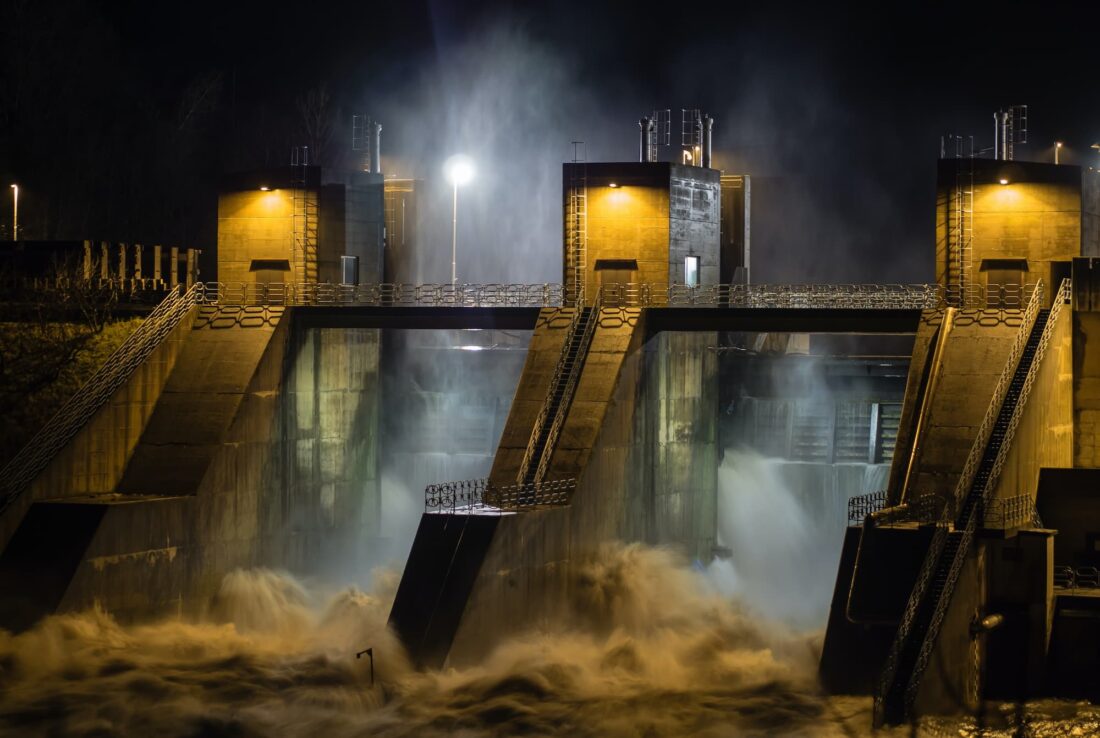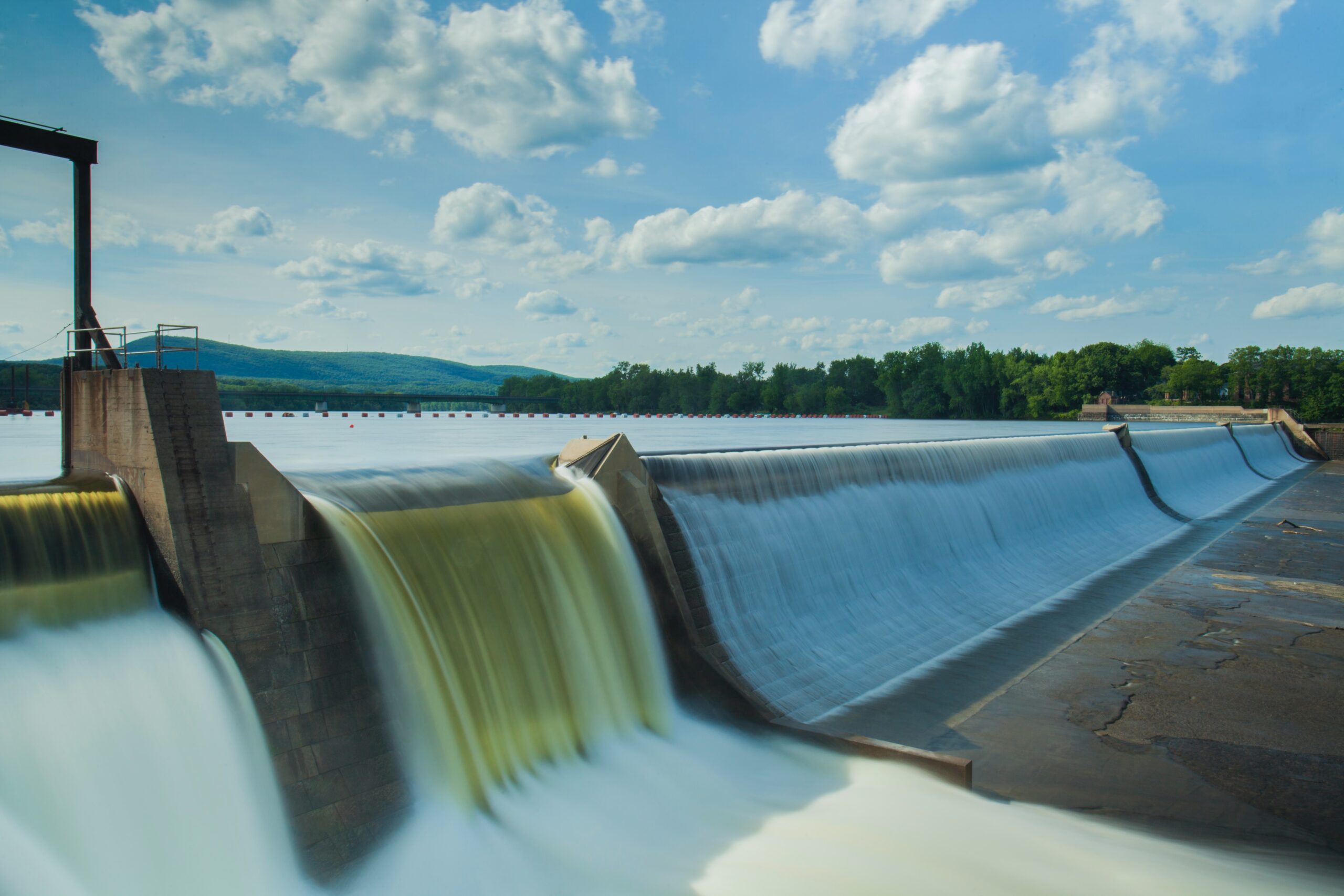A hydroelectric power plant (HPP) is a power plant that converts the energy of moving water into electrical energy. Hydroelectric power plants are being installed on rivers. With the help of the dam, a water height difference is created (before and after the dam). The resulting water pressure drives the turbine blades. The turbine drives generators that generate electricity.
Depending on the capacity of the generated electricity, hydroelectric power plants are divided into: small (up to 5 MW), medium (5-25 MW) and powerful (over 25 MW). According to the maximum used pressure, they are divided into: low-pressure (maximum pressure – from 3 to 25 m), medium-pressure (25-60 m) and high-pressure (over 60 m). Hydroelectric power plants are also classified according to the principle of using natural resources: dam, near dam, diversion and pumped storage.

Pros and Cons of Hydroelectric Power Plants
+ generation of cheap electricity;
+ use of renewable energy;
+ simplicity of management;
+ quick access to operating mode;
+ HPPs do not pollute the atmosphere.
– attachment to water
– bodies possible
– flooding of arable land
– detrimental effect on the ecosystem of rivers
